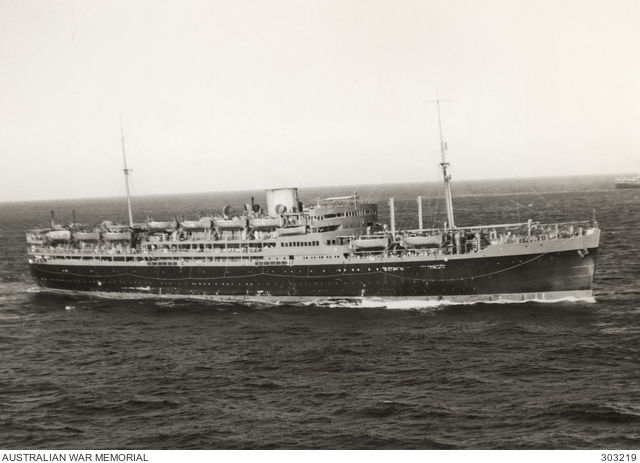A skilled craftsman
- Joanne Tapiolas
- Jan 15
- 2 min read
Vittorio Sartor's Australia record stated his occupation as ‘mosaic worker’. This term did not do justice to Vittorio’s skill. In 1946, he was working on three Roman mosaic features uncovered at the Almshouse of Saint Catherine’s in Exeter, England.
Born in Cavasso Nuovo (Pordenone) Italy on the 28th July 1900, Vittorio lived with his wife Rosina at 8 Goode Street, London and was arrested on the 11th June 1940.
Notification was given in a letter dated 29th May 1942 that Vittorio ‘may be returned for further consideration by the Advisory Board subject to the usual conditions’. He was transferred from Loveday Camp 10, South Australia arriving at Tatura Camp, Victoria on the 9th July 1942 via Broadmeadows Military Camp.
On 17th July 1942, Vittorio was released from Tatura Camp to be returned to UK. He boarded the SS Themistocles and arrived in Liverpool, England on the 17th October 1942.
Those remaining in Australia were keen to know about those who had been released. Emilio Rossi wrote in his letter to his wife Adele dated 26th January 1943: Have you seen Sartor or any of them, he was fortunate, not like others. (NAA:A307 C75027)

Vittorio Sartor (The Sphere June 22 1946)
History “In Pieces”
Italian Craftsman “Assembles” It
Among the blitzed ruins of the old St Catherine’s Almshouses within a few yards of Exeter’s busy High Street, an Italian craftsman is working quietly and alone gathering material evidence of the city’s Roman past for posterity.
All day he kneels with a trowel carefully searching the foundations of a 2nd century Roman courtyard and besides him rests a large cement block, on which he is skilfully piecing together the intricate design of some lovely Roman mosaic.
Victor Sartor learnt his art 30 odd years ago in his native country. He has come from London to lift the thousands of tiny stone pieces from the floor of the Almshouses and to prepare them as complete original specimens for preservation at Exeter’s Museum.
(The Western Morning News Tuesday June 4 1946)



Comments